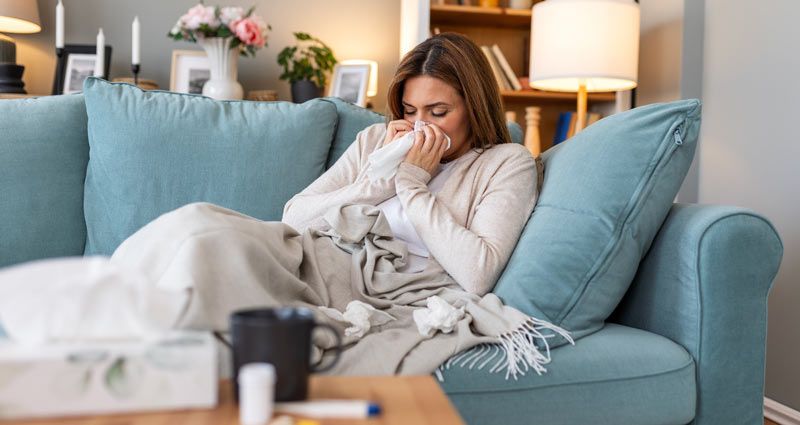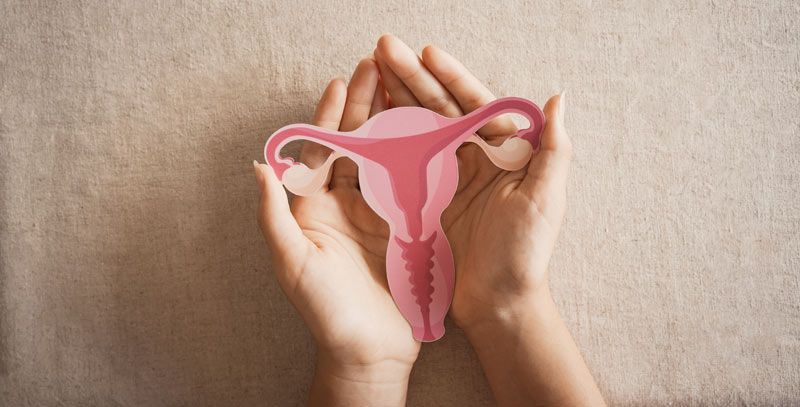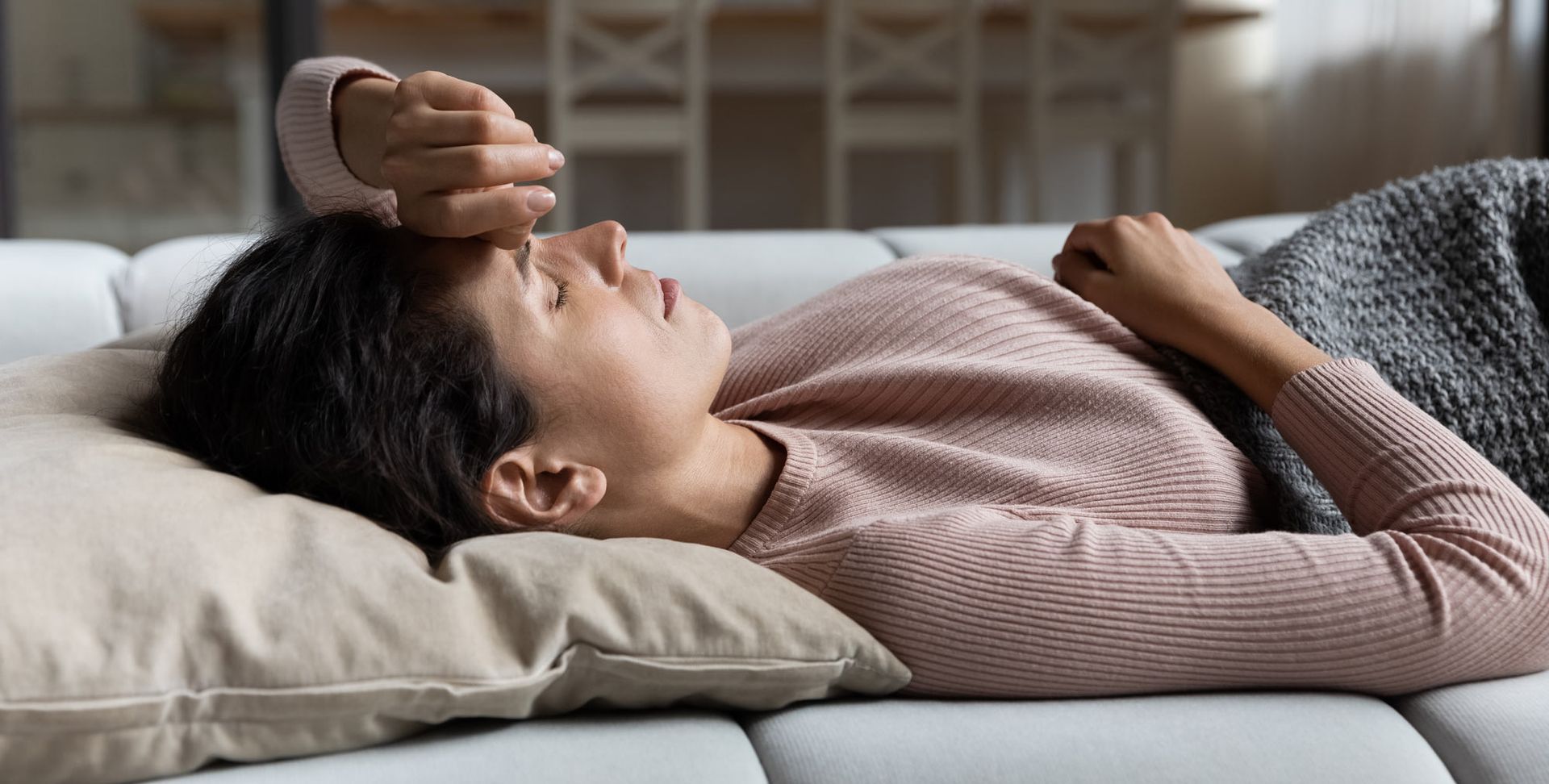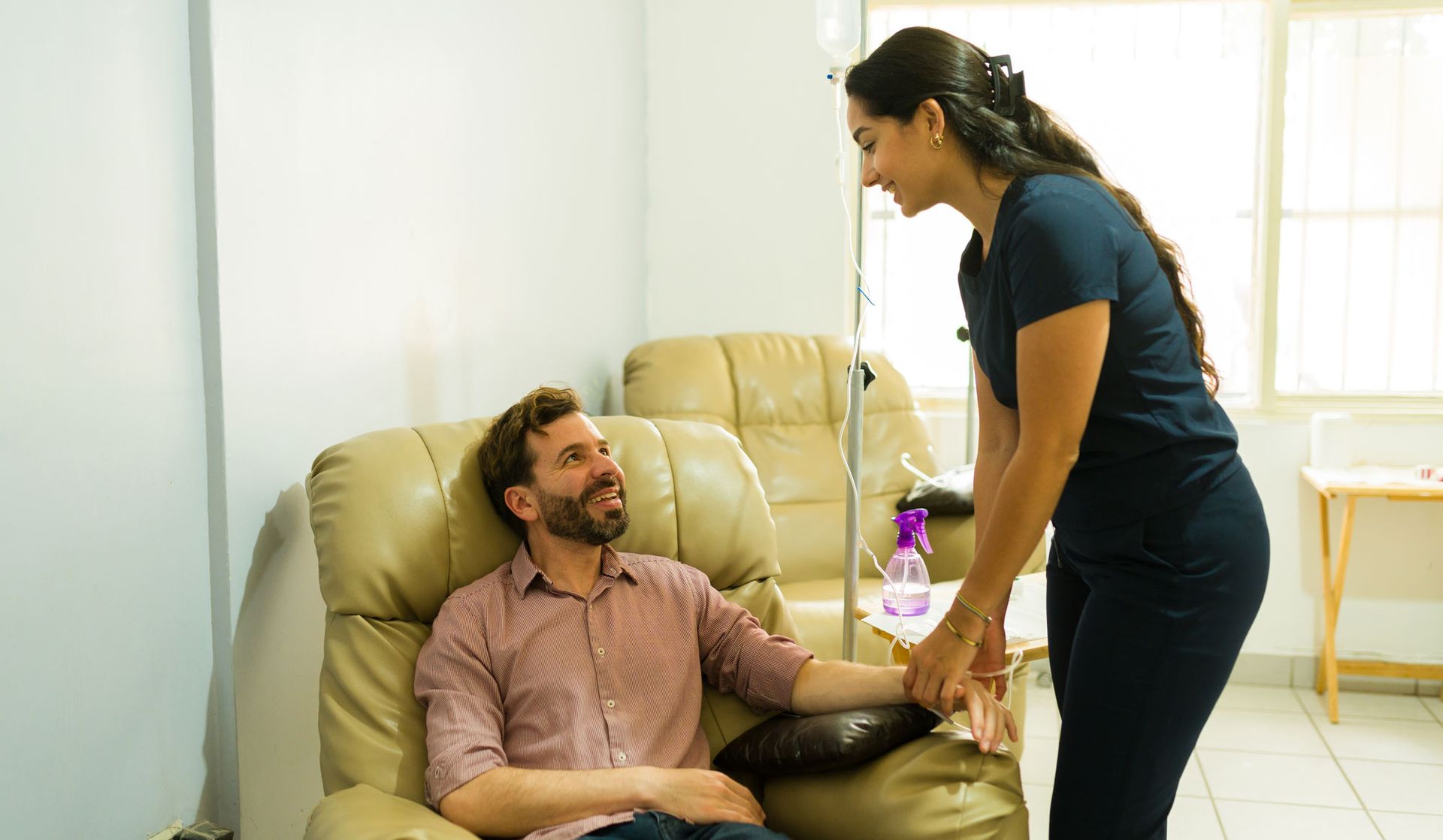Testosterone Replacement Therapy
Low testosterone should not be seen as an inevitable consequence of aging or a defining characteristic of one’s health. With appropriate medical guidance and a well-rounded approach to therapy, men can reclaim their vitality and enhance their overall well-being.
-Dr. Dana Cohen
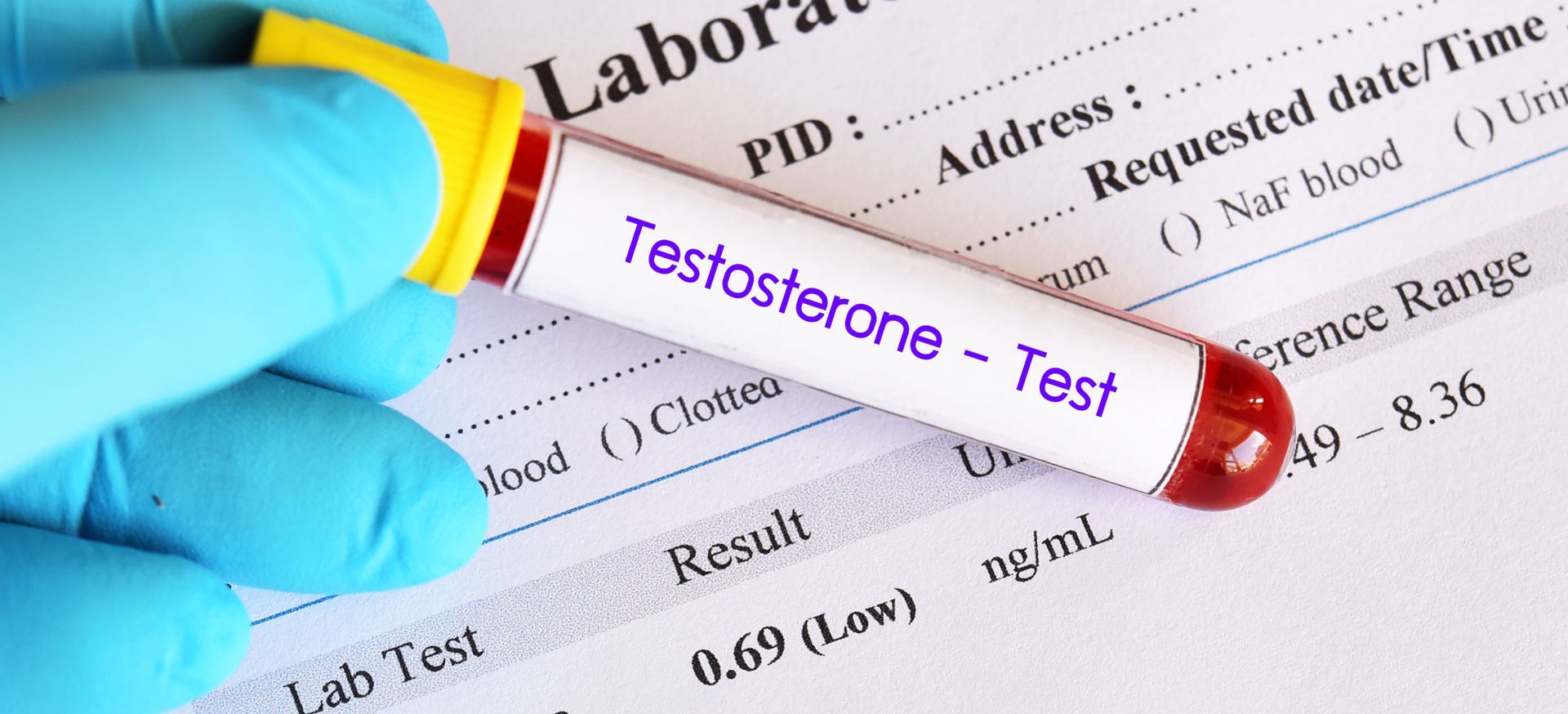
How To Restore Low Testosterone in Men Naturally
Testosterone replacement therapy (TRT) is a therapeutic approach aimed at restoring healthy testosterone levels in men experiencing low testosterone, often referred to as hypogonadism. This condition can arise due to natural aging, underlying medical conditions, or lifestyle factors. The symptoms of low testosterone include reduced energy levels, decreased libido, mood fluctuations, diminished muscle mass, and even cognitive decline. Recognizing the signs early is essential, as timely intervention can greatly enhance quality of life.
Several key factors contribute to low testosterone levels. Aging is a primary cause, with testosterone levels typically declining at a rate of about 1% per year after the age of 30. Chronic stress also plays a significant role, as elevated cortisol levels can hinder testosterone production. Additionally, medical conditions such as diabetes and obesity are linked to lower testosterone levels, making it essential to address these health issues as part of any treatment plan.
Diet and sleep are also critical components influencing hormonal health. Nutritional deficiencies in essential nutrients like zinc, magnesium, and vitamin D can adversely affect testosterone production, while poor sleep patterns—including sleep apnea—can disrupt the hormone's natural rhythms, as testosterone is primarily produced during deep sleep stages.
The process of testosterone replacement therapy typically begins with a comprehensive consultation. Medical professionals gather detailed information about a patient’s symptoms, lifestyle, and medical history. This may be followed by diagnostic testing to assess testosterone levels and to identify any additional factors that may be contributing to the hormonal imbalance.
Unlike traditional treatments that may focus solely on hormone levels, a holistic approach often incorporates lifestyle changes. These might include dietary adjustments, stress management techniques, and personalized exercise regimens, all aimed at improving overall health and well-being. Bioidentical testosterone is frequently used to ensure compatibility with the body's natural chemistry, promoting safer and more effective treatment outcomes.
Patients can often expect to see noticeable improvements soon after beginning TRT. Many report increased energy levels, enhanced mood, and a boost in motivation within a few weeks of starting therapy. Physical changes, such as improved muscle strength and reduced body fat, usually become apparent over a period of two to three months. However, individual responses to therapy can vary widely, influenced by factors such as adherence to treatment and the presence of underlying health conditions.
While testosterone replacement therapy is generally considered safe when monitored appropriately, it is not without potential side effects. Some individuals may experience mild effects, such as fluid retention or acne. In rare cases, more serious side effects can occur, such as hormonal imbalances that may affect estrogen levels. Regular monitoring through blood tests and assessments is critical to managing these effects and ensuring patient safety throughout the treatment process.
Stories of individuals who have undergone testosterone replacement therapy highlight the transformative potential of this treatment. For example, one individual in his mid-40s sought help after experiencing overwhelming fatigue and sudden changes in mood that affected both his personal and professional life. Following a thorough evaluation, he was diagnosed with low testosterone levels. A customized treatment plan that included hormone therapy, nutritional guidance, and a structured exercise program led to significant improvements in his energy levels, mood stability, and even weight loss.
Ultimately, low testosterone should not be seen as an inevitable consequence of aging or a defining characteristic of one’s health. With appropriate medical guidance and a well-rounded approach to therapy, men can reclaim their vitality and enhance their overall well-being. By addressing not only the symptoms but also the root causes of hormonal imbalances, individuals can rediscover greater energy and resilience in their daily lives. Taking the first steps toward this recovery involves seeking professional advice, undergoing necessary evaluations, and embarking on a personalized journey to reclaim health and vigor. The path to rejuvenation and improved quality of life is accessible for those willing to engage in their health proactively.
